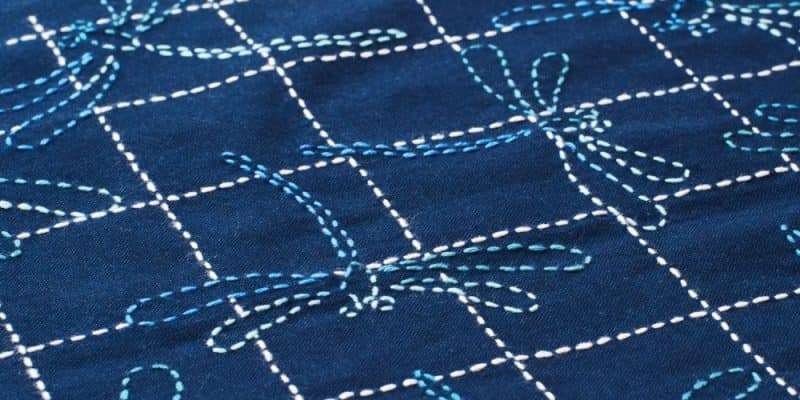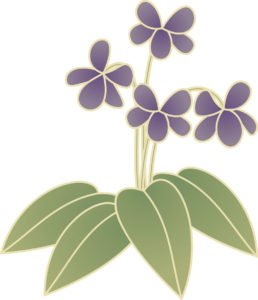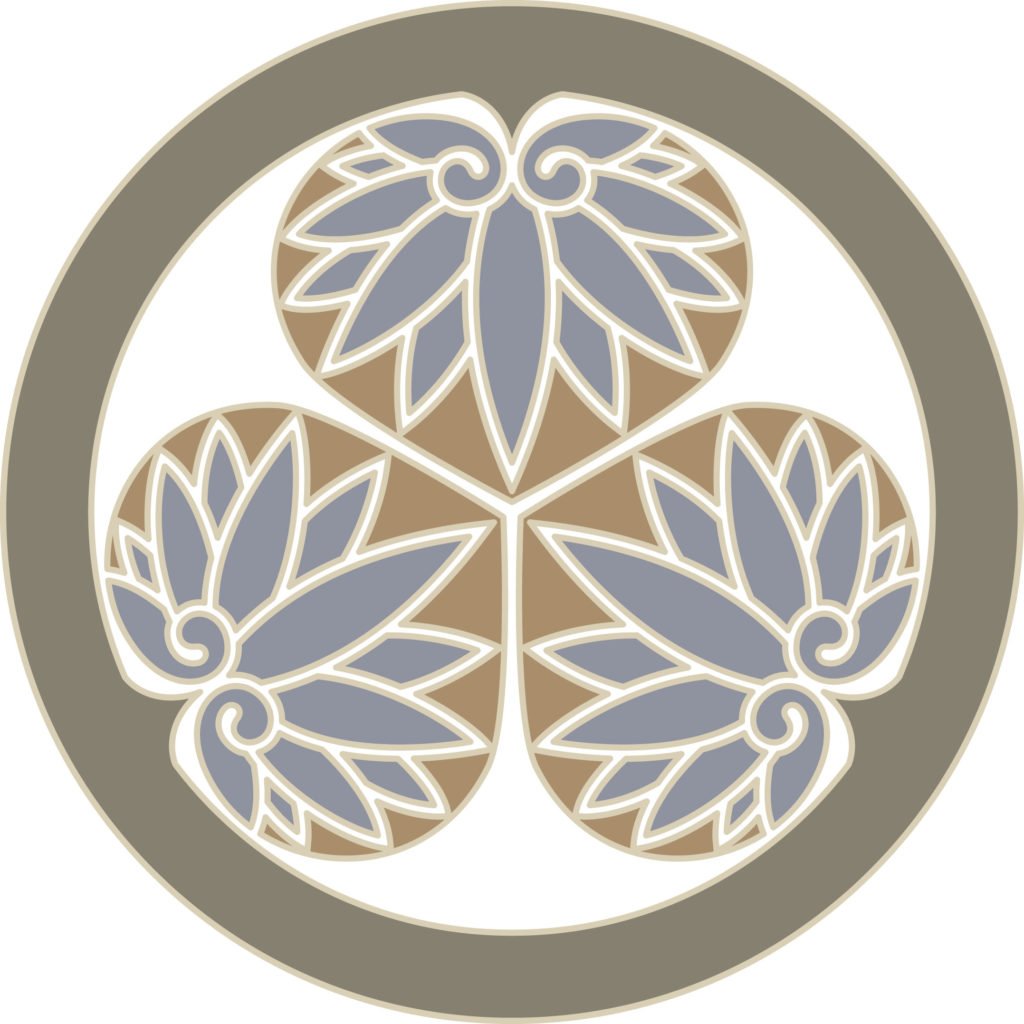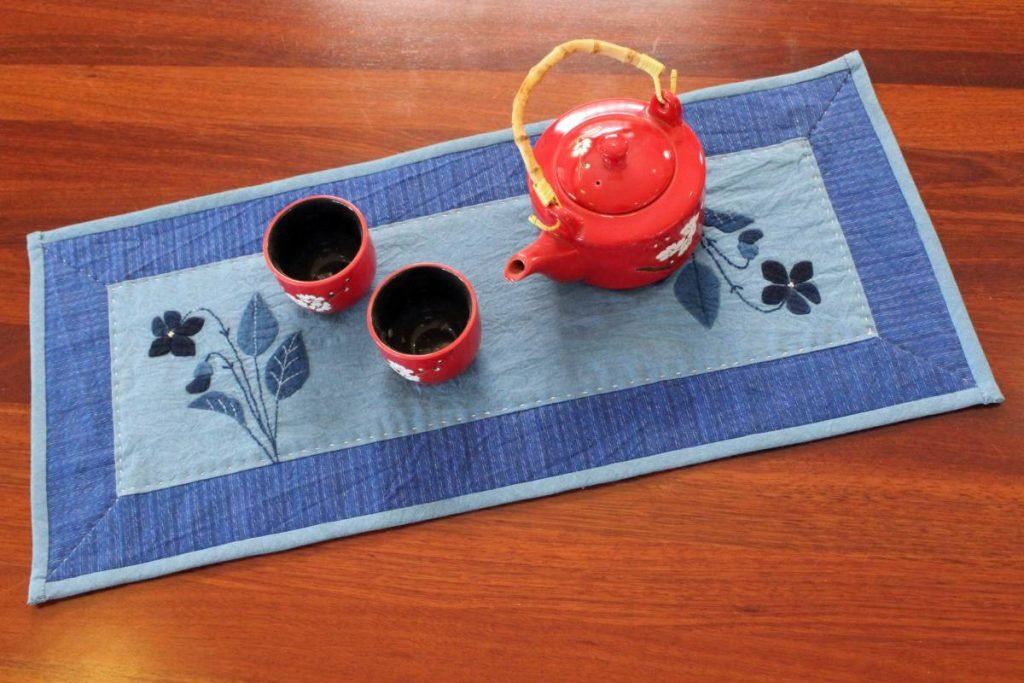
Japanese Sashiko Motifs
Japanese Sashiko Motifs reflect Japan’s rich cultural heritage, emphasizing ornamentation and intricate design. They serve as a visual language conveying values, stories, and aesthetic sensibilities, transcending mere decoration. Infused with symbolism, these meticulously crafted figures adorn various objects, from clothing to household items, embodying the interconnectedness of art, culture, and daily life.
Central to Japanese embroidery is the belief that ornaments are integrated into a larger context, filling spaces with beauty and meaning. From simple geometric designs to elaborate motifs inspired by nature or mythology, these patterns reflect humanity’s impulse to create and embellish, addressing the fear of emptiness.
Woven with influences from indigenous traditions, religion, and neighboring cultures, the history of Japanese embroidery patterns spans centuries. They evolve over time, adapting to changing tastes and societal values while retaining timeless appeal. These patterns encapsulate Japanese culture, bridging past and present, and inspiring global audiences with their beauty and significance.
The term “ornamentation” refers to figures and patterns intended to beautify objects.
Ornaments never stand on their own. They always rely on a foundation. Ornamentation is said to be a solution to man’s intrinsic fear of emptiness and his need to fill vacuums. Thus man has valued ornamentation since primitive times, and has employed decorative patterns which reflect the tastes and values of the day.

The majority of figures and patterns are simplified representations of human perspectives on nature and the world, structured and organized within defined parameters. Within Japanese designs, there exists a diverse array of patterns, some modeled on real objects while others symbolize natural occurrences.


Family Crest of Tokugawa (3 inward-pointing, circularly enclosed hollyhock leaves)

Sashiko Blue and White Quilt Art of Japan by Kazuko Mende and Reiko Morishige.





